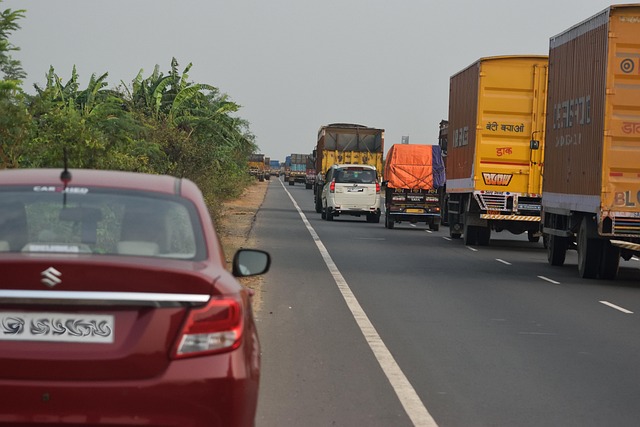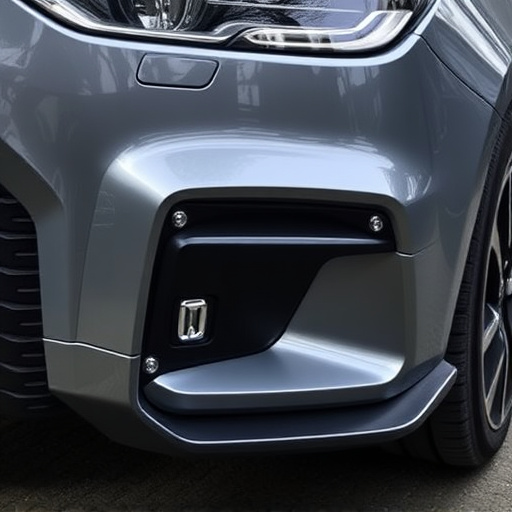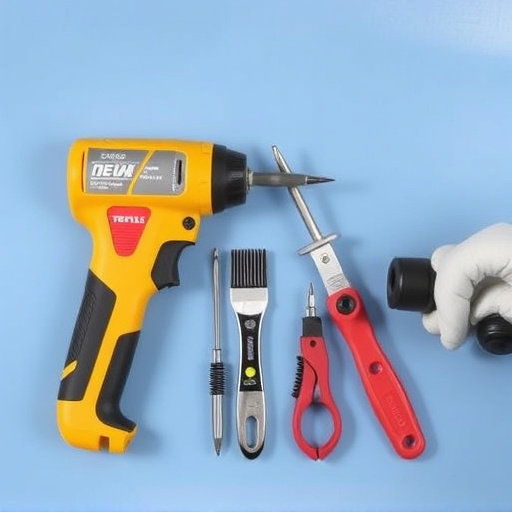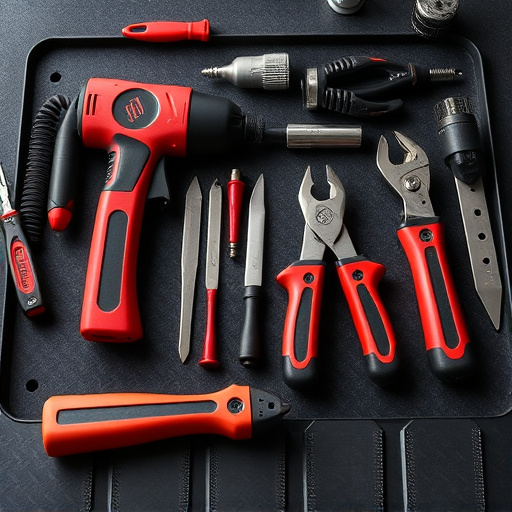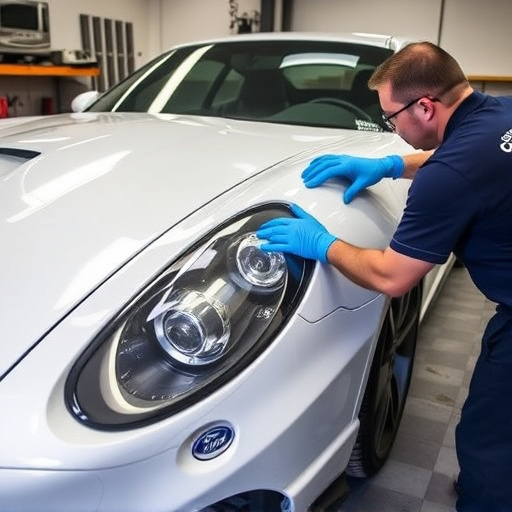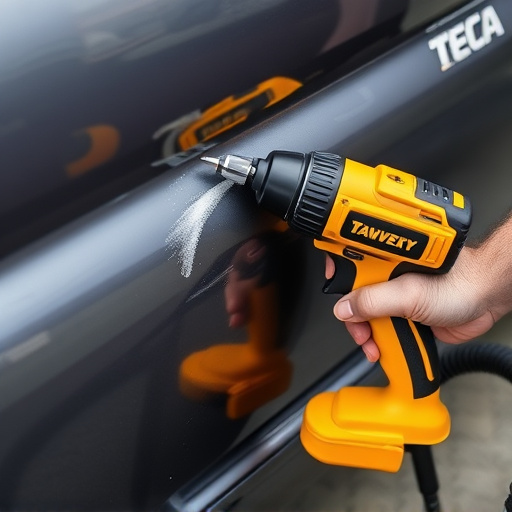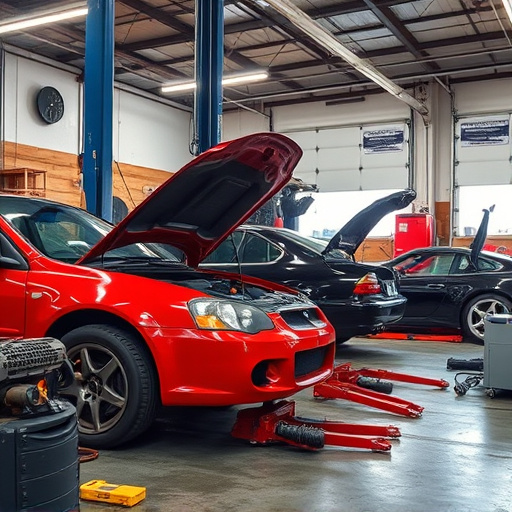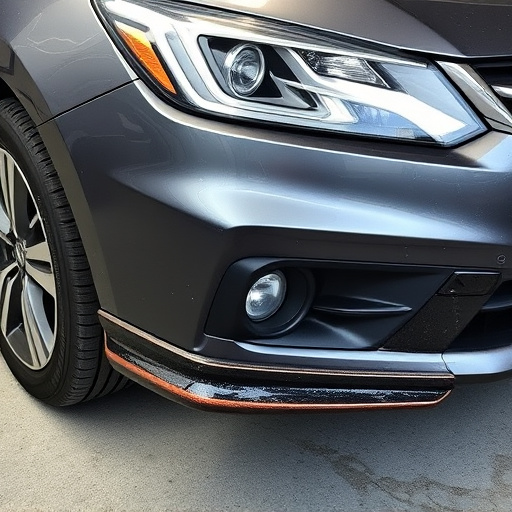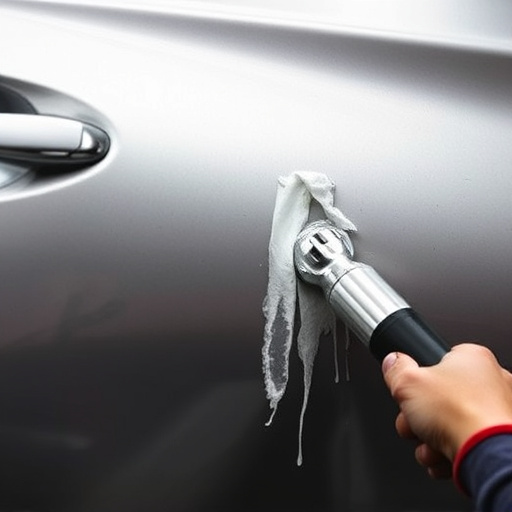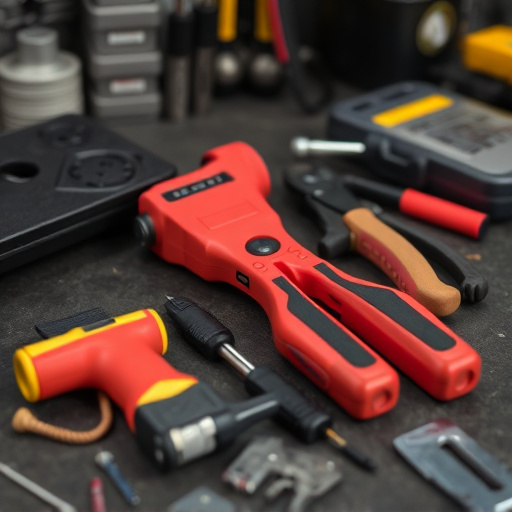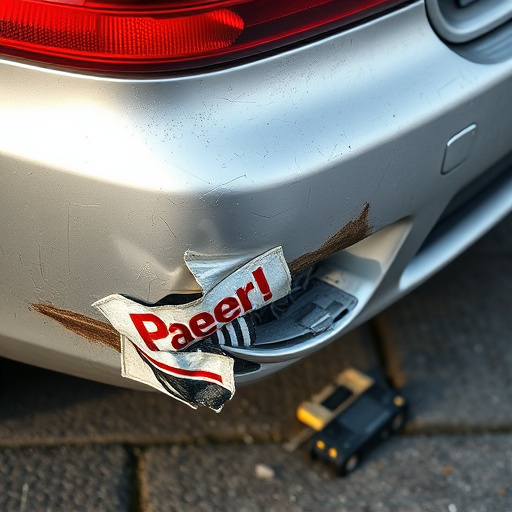Tesla charging port repair involves diagnosing and fixing issues like damage, loose connections, or faulty functionality using specialized tools such as multimeters, vacuum pumps, desoldering tools, and high-resolution cameras. Visual inspection for physical damage is followed by diagnostic checks with Tesla-approved tools. Targeted repairs by auto body shops ensure seamless charging port functionality.
“Uninterrupted electric vehicle (EV) journeys are crucial for transitioning to sustainable transportation. However, Tesla owners often face charging disruptions due to issues with their vehicle’s charging port. This article guides you through the process of diagnosing and repairing a faulty Tesla charging port. We’ll explore common problems, essential tools, and a step-by-step approach to ensure your Tesla is back on track. By understanding and addressing these repairs, EV enthusiasts can extend their driving range and reduce reliance on external services.”
- Understanding Tesla Charging Port Issues
- Tools Required for Repair and Verification
- Step-by-Step Diagnostic Process
Understanding Tesla Charging Port Issues
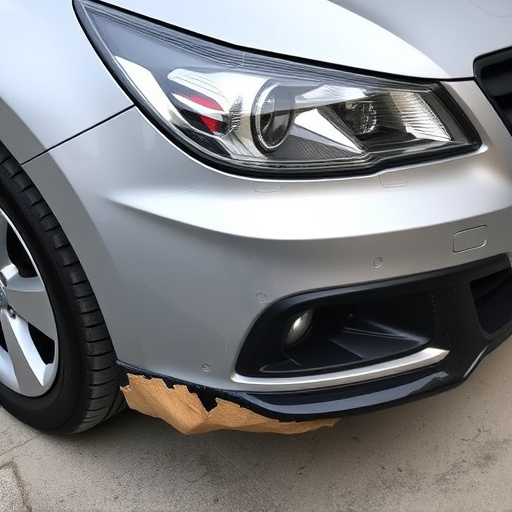
Tesla charging ports are integral to the operation and convenience of electric vehicles (EVs). Issues with these ports can lead to frustrating experiences for Tesla owners, impacting their ability to charge their vehicles efficiently. Common problems include port damage, loose connections, and faulty functionality, often caused by frequent use or exposure to harsh weather conditions. Recognizing these issues is crucial for timely Tesla charging port repair.
Proper diagnosis is the first step in addressing any vehicle repair concern. In the case of Tesla charging ports, it’s essential to verify if there are physical damages visible, such as cracks or deformations, which may require car dent removal techniques. Moreover, checking for loose connections and ensuring proper alignment can resolve many minor issues related to charging disruptions.
Tools Required for Repair and Verification
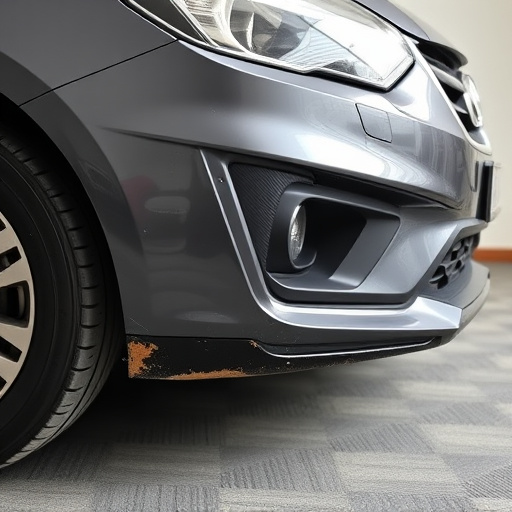
When tackling a Tesla charging port repair, several specialized tools are essential for both the diagnostic and verification stages. These include advanced multimeter devices capable of measuring voltage, resistance, and current, which are crucial in identifying any faulty components within the port’s circuitry. Moreover, a high-quality vacuum pump is necessary to ensure precise and safe disassembly and assembly, minimizing the risk of debris or foreign objects causing further damage.
For effective verification, professional-grade solderless desoldering tools and soldering irons come into play. These enable technicians to carefully remove and inspect any damaged connectors or traces without risking additional vehicle collision repair issues. Additionally, a set of fine-tipped screwdrivers and pliers, along with high-resolution inspection cameras, aid in pinpointing minor defects like scratches that could impact charging efficiency, typically addressed in a well-equipped vehicle body shop.
Step-by-Step Diagnostic Process
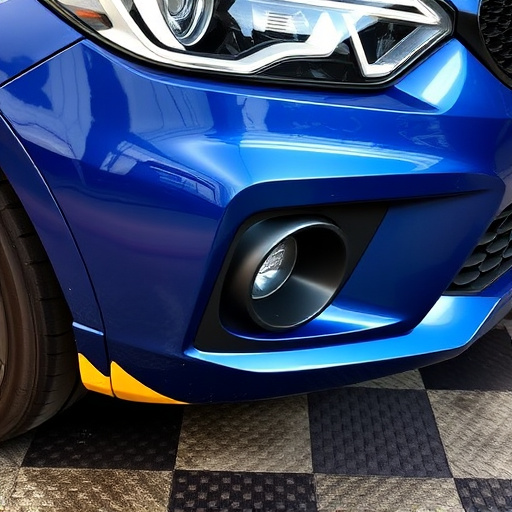
The process of diagnosing a Tesla charging port issue begins with a thorough inspection of the hardware. First, visually examine the charging port for any signs of physical damage, such as cracks, dents, or loose connections. This step is crucial in identifying potential causes before delving into more complex repairs. If visible damage is evident, it might require a simple fender repair or replacement parts to fix the issue.
Next, use specialized tools to perform diagnostic checks. Connect a Tesla-approved diagnostic tool to the vehicle’s system, which can read and interpret data from various sensors and components. This process allows for a deeper analysis of electrical connections, identifying any faulty wiring or communication errors that may be hindering the charging port’s functionality. Once potential issues are pinpointed, an auto body shop can then employ targeted repairs, ensuring a seamless Tesla charging port repair.
Tesla charging port repairs are essential for ensuring smooth EV ownership. By understanding common issues, gathering the right tools, and following a systematic diagnostic process, owners can efficiently address and verify solutions. This DIY approach not only saves costs but also empowers folks to navigate Tesla charging port problems with confidence, keeping their vehicles in top shape for years to come.
